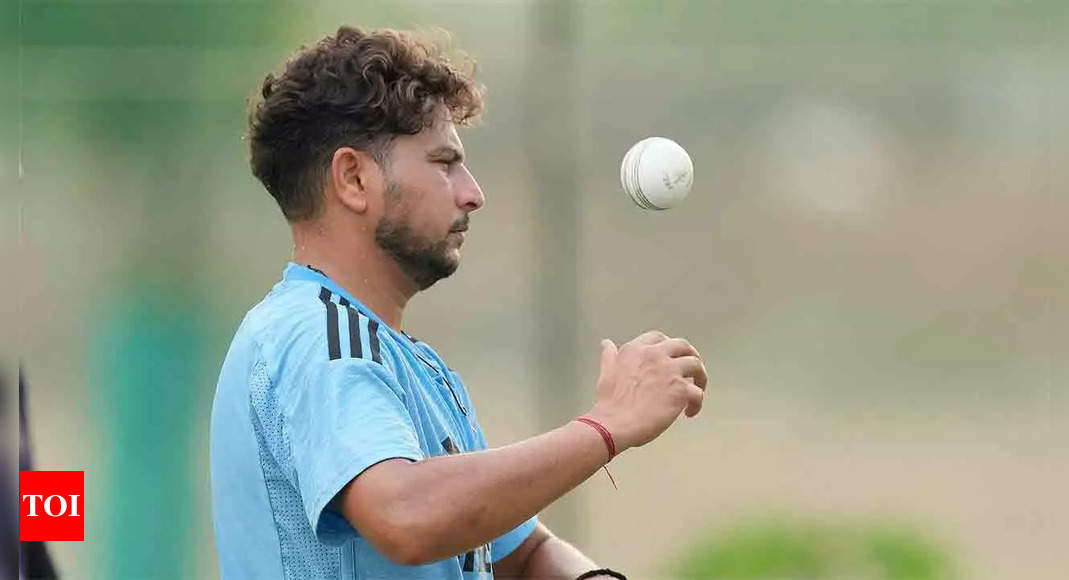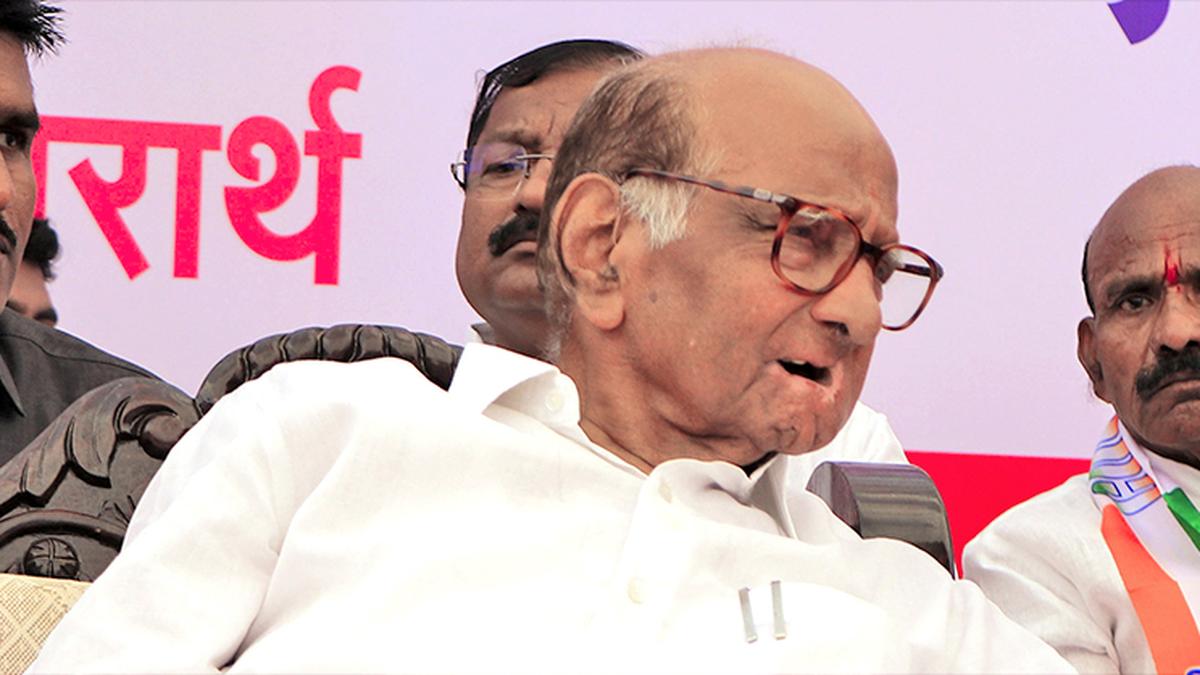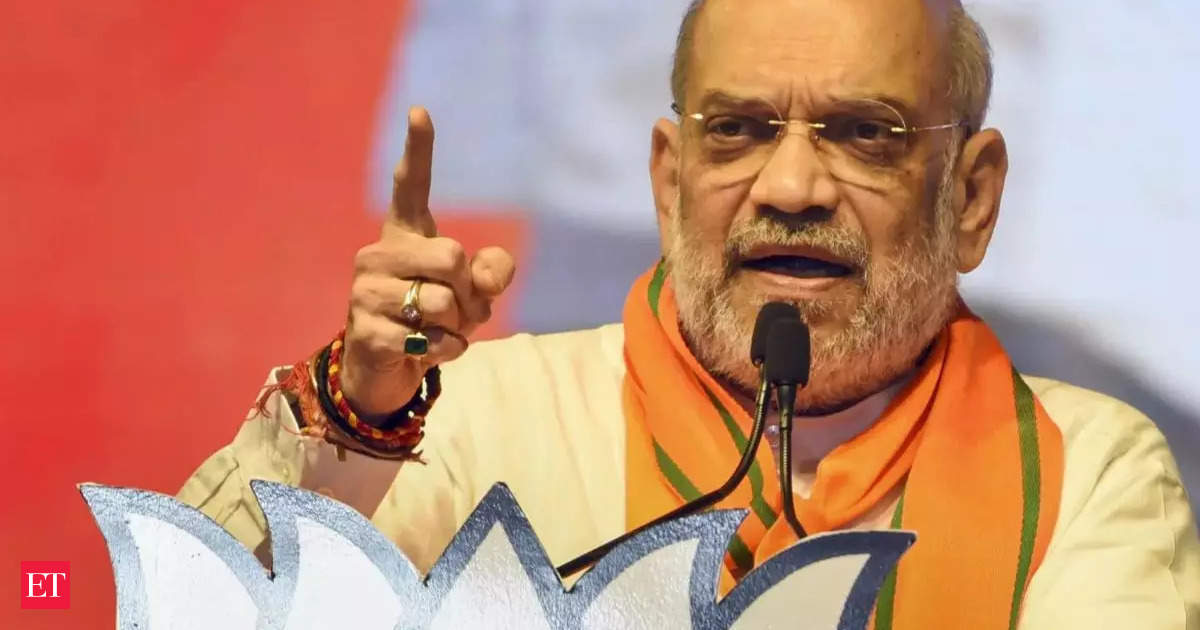Evolving dynamics of the game, rule changes, rise of power hitters and limitations on field placements have diminished the role of part-time bowlers. In the past, players like Sachin Tendulkar and Virender Sehwag were called upon to bowl crucial overs and secure victories. However, with the advent of power hitters and the restriction on field placements, part-time bowlers are less effective in today’s cricket.
The introduction of new rules, such as the requirement for only four fielders outside the thirty-yard circle from overs 11 to 40, has exposed vast areas of the ground, making it easier for batsmen to target inexperienced bowlers. The dominance of spinners, once a key aspect of Indian cricket, has also waned due to these rule changes.
Indian off-spinner R Ashwin, who recently made a comeback to the Indian ODI side, believes that the new rules were specifically implemented to curb India’s dominance in ODI cricket. With the advent of two new balls and the requirement for four fielders inside the circle, the advantage once held by Indian spinners diminished.
While mystery spinners and wrist spinners still have an impact, finger spinners have struggled to make an impact. Top-order batters who occasionally bowl spin, like Shahid Afridi and Imran Tahir, have performed well, perhaps due to their understanding of batting strategies.
In recent years, only a few part-time bowlers have been trusted by captains to bowl a significant number of overs. Players like Glenn Maxwell, Mohammed Hafeez, and Moeen Ali have proven to be reliable options, but their effectiveness is limited. With the increasing importance of high-quality pace bowlers, teams like Australia and Pakistan prefer to rely on their fast-bowling talents instead.
In conclusion, the evolving dynamics of ODI cricket, including rule changes and the rise of power hitters, have diminished the role of part-time bowlers. Captains are now more hesitant to rely on them, opting for specialized bowlers instead. While a few players still manage to contribute, the overall trend suggests that part-time bowlers are becoming less significant in the modern game.











